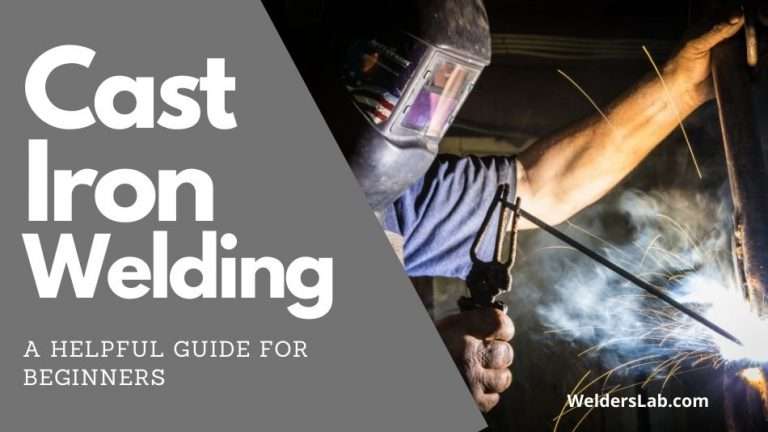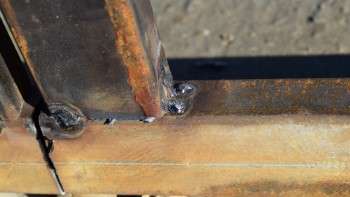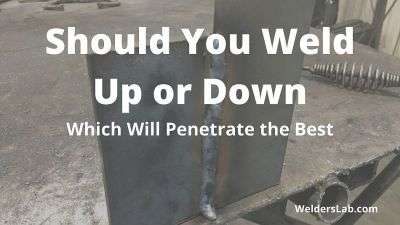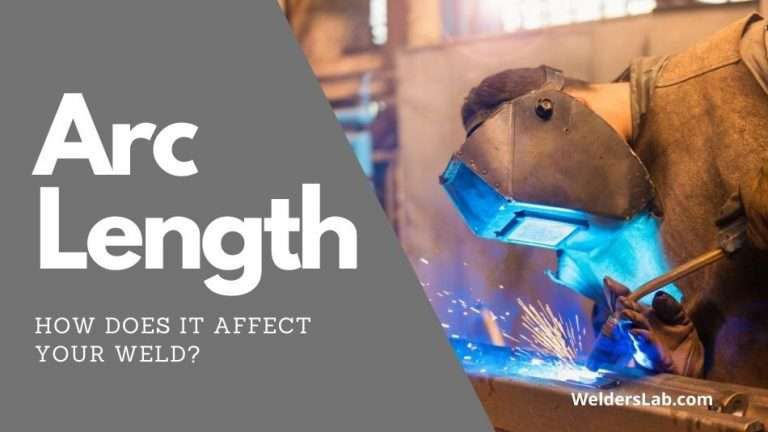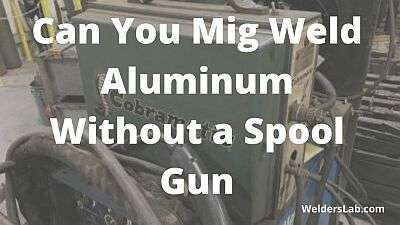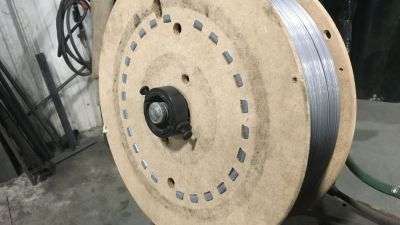How Many Amps Do I Need for a MIG Welder
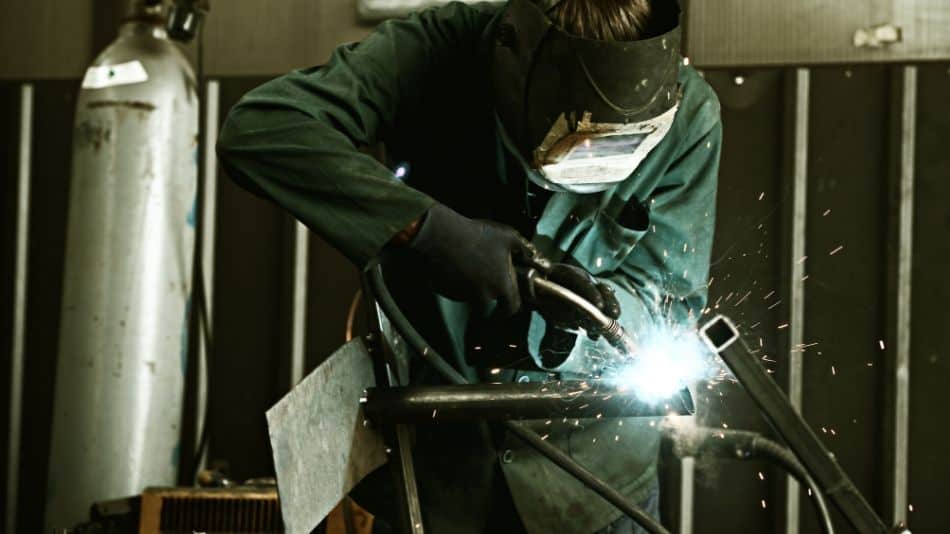
A few years ago I was in the process of buying a welder for my shop and one thought that came to my mind was the amount of amperage I would need for my MIG welder. So in this article, I’m going to share what I learned in this process.
How many amps do I need for a MIG welder? For small welders that run on 115 volts can produce up to 140 amps and will weld up to 1/4″ thick steel. For 220 volt welders, you can expect around 200 amps and weld up to 1/2″ material.
Of course, this depends on the MIG welder you have and what you weld with it. So in this article, I’m going to share a few examples to help you out.
How Many Amps Do You Need For a Mig Welder
In order to pick a welder and determine the number of amps, you’ll need you’ll have to answer a few basic questions.
How thick of material do you plan to weld? If you plan to weld thick material say around a 1/2″ you’ll want to go with the 220v machine since this will help you to burn hotter and penetrate the material deeper.
On the other hand, if you plan to weld 1/4″ thick material or less than a small 110v welder should do just fine.
What do you plan to use the welder for? If you plan to run the welder around the farm or to run production for a small business then you may want to go with a 220v 200 amp welder.
However, if you plan to use the welder for high-end production then you may want to look into a 3 phase welder which will give you anywhere from 300 to 600 amps of power or more.
Side Note: You will need 3 phase power to run a 3 phase welder. Most houses run on a 200 amp service in which case you’ll need a converter to run this type of welder.
But if all you plan to do is use your welder to do odd and end projects around your house or small shop then a 110v that does 140 amps should be good enough.
Do You Have the Power? The last thing you’ll want to think about is if you have enough power. If you’re welding in your garage you’ll have access to 115 volts and this may limit you in what you get.
If you have a small shop or a farm you’ll likely have the option of 220v which will allow you to get a higher amperage machine.
Finally, if you run a small business then you’ll likely have access to 3 phase power to run a lot bigger welders.
If you’re not sure what kind of MIG welder fits these features here are a few examples to help you out.
- The Hobart 500559 Handler 140 MIG Welder 115v can run between 25 to 140 amps and weld 24 gauge material all the way up to 1/4″ material. It works great for jobs around the house or small shops.
- The Lincoln Electric Easy MIG Welder 180 Flux-Core/ MIG Welder can weld up to 1/2″ thick material at 180 amps and runs on 220v.
The Benefits of Higher Amperage Welders
When it comes down to it higher amperage welders come with more benefits. Below are a few that I like.
- Deeper Penetration – When it come so welding penetration is the name of the game. The deeper the weld the more likely it’ll hold.
- Weld Thicker Materials – With higher amp machines you can weld thicker materials..
- Cleaner Consistent Welds – The biggest thing I like about higher amp welds is how consistent the weld look and how clean they look.
- More Options – In the end, higher amperage machines just give you more options with your welds
What About Duty Cycle
Before you go any further you may or may not have considered one other important thing and that is the welder’s duty cycle.
Duty Cycle: Is the amount of time a welder can operate at a certain amperage.
Duty cycle is usually shown as a percentage, so if a welder has a 30% at 90 amps duty cycle that means it can weld continuously for 3 minutes and will need 7 minutes of rest before you can start welding again.
If you have a duty cycle of 20% at 90 amps then you can weld for 2 minutes continuously and then you’ll have to let the welder rest for 8 minutes.
So basically every 10% of duty cycle = 1 minute of weld time.
What is the Problem With Duty Cycle
The problem comes if you need to weld for longer periods of time. If not then almost any welder will do but for a lot of people including myself this just won’t work.
The other problem with duty cycles is that the more amperage you use the lower the duty cycle will go. So if you have a smaller 110 volts 150 amp welder most times they will only be able to do 20% duty cycle at 70 to 90 amps.
Summed Up: The higher the amperage you operate at the lower your duty cycle will be.
Are Their Welders that Operate at 100% Duty Cycle
Yes, there are welders that do operate at a 100% duty cycle but these are usually bigger welders and usually run on 3 phase power. For most people, this isn’t an option though.
However, welders that run at higher amperage work better for product welding because you can cut back on the amperage and get a higher duty cycle.
For example, if your welder does 40% duty cycle at 250 amps what if you cut your amperage back to 200. This would bring your duty cycle up and allow you to more weld time.
The truth is you don’t have to run at the highest amperage at all times. In fact, it recommended that you dial your welder in according the type, thickness, and style of welding you plan on doing.
So if you’re welding 1/8″ material on a vertical down weld you’ll likely burn right through the material running your machine at 300 amps.
A Few Examples of Welders and Duty Cycles
To give you an idea of what the typical duty cycle and amperage are for a variety of different welders here are a few examples.
- Hobart Handler 140 – This is 115-volt welder that operates at 20% duty cycle at 90 amps which means you can weld for 2 continuous minutes and then the welder will have to sit for 8 minutes.
-
Lincoln Electric K2185-1 Handy MIG Welder – This welder will do 20% duty cycle at 70 amps which will give you 2 minutes of continuous weld time and 8 minutes of rest.
-
Miller Electric MIG Welder, Wheeled, 230/460/575VAC – Is bit bigger welder that will do 60% duty cycle running at 250 amps. It will do 6 minutes of continuous welding with only 4 minutes of rest.
-
Lincoln Electric Power MIG 256 Wire-Feed Welder – This is a 300 amp welder that will do 40% duty cycle at 250 amps. It will do 4 minutes of continuous welding and need 6 minutes of rest.
Of all the welders I’ve used from Hobart, Lincoln Electric, to Miller’s I’ve found Millers to work the best for my situation. I’ve used all the models above and Miller just has the best duty cycle and amperage.
Related Questions
How big of a breaker do you need for your welder? For smaller 115v welders you’ll need a 20 to 30 amp breaker, for 220v you’ll be looking at 30 to 40 amp breaker. For 3 phase you’ll need at least a 50 amp breaker depending on the voltage.
What type of outlets do you need? For smaller 115v welders you can get by with any normal home 3 prong outlet. If you run 220v or 3 phase you’ll need a 4 prong or even a 3 prong heavy duty outlet.
In the end when it comes down to it the more amps you have the more you can weld but it all depends on your situation and what you plan to do with your welders.
How much amperage are you looking for your welder to have?

